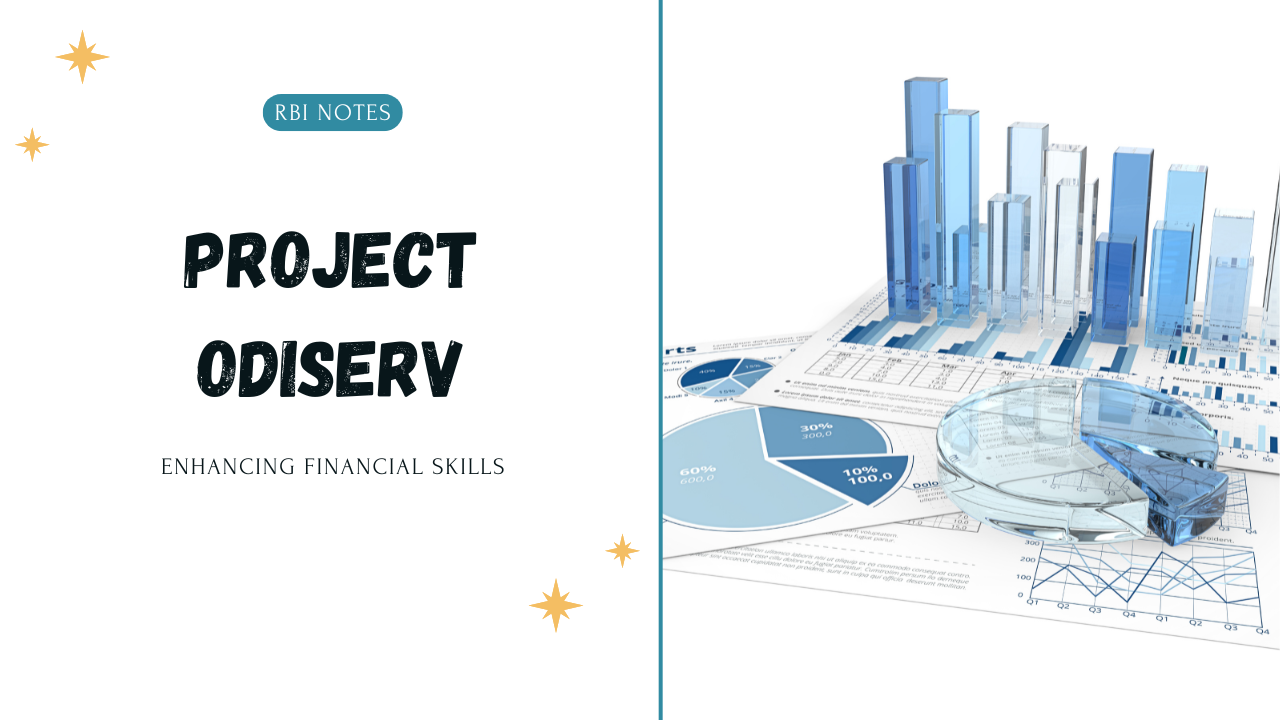Introduction: Union Minister Dharmendra Pradhan from the Ministry of Skill Development and Entrepreneurship (MSDE) launched Project ODISERV at Gangadhar Meher University in Sambalpur, Odisha. This project is a strategic collaboration between the National Skill Development Corporation (NSDC) and Bajaj Finserv Ltd, targeting skill enhancement for young graduates in Odisha, preparing them for opportunities in the financial services sector.
Project Overview:
- Initiative by: National Skill Development Corporation (NSDC) and Bajaj Finserv Ltd.
- Aim: To prepare first-generation graduates, particularly from tier-II and tier-III cities, for careers in banking, finance, and insurance.
- Training Program: Utilizes the Certificate Programme for Banking Finance & Insurance (CPBFI), a 100-hour course designed to bridge the talent gap in the financial services industry.
Key Features of ODISERV:
- Comprehensive Training:
- Duration: 100 hours focused on Banking, Finance, and Insurance.
- Curriculum: Developed with input from industry experts, includes current trends and practices to ensure relevance and effectiveness.
- Impact and Reach:
- Students Trained: Approximately 1100 students in Odisha, with many already receiving job placements.
- Expansion Plans: Expected to introduce CPBFI in 60 colleges across 11 cities and 10 districts in Odisha, including major areas like Sambalpur, Dhenkanal, and Cuttack.
- Already operational in 30 colleges with 25,000 hours of training delivered in just two months.
- National Framework:
- Broader Application: NSDC and Bajaj Finserv aim to roll out CPBFI across 22 states and 400+ colleges in India, intending to initially build the capabilities of 20,000 candidates.
Conclusion:
Project ODISERV represents a significant step towards transforming the skill development landscape in Odisha and potentially across India. By focusing on the financial services sector, the initiative not only aims to fill the existing talent gap but also to empower the youth in smaller cities and districts through quality education and viable job opportunities. This program stands out as a prime example of effective public-private partnership in enhancing employability among graduates.


